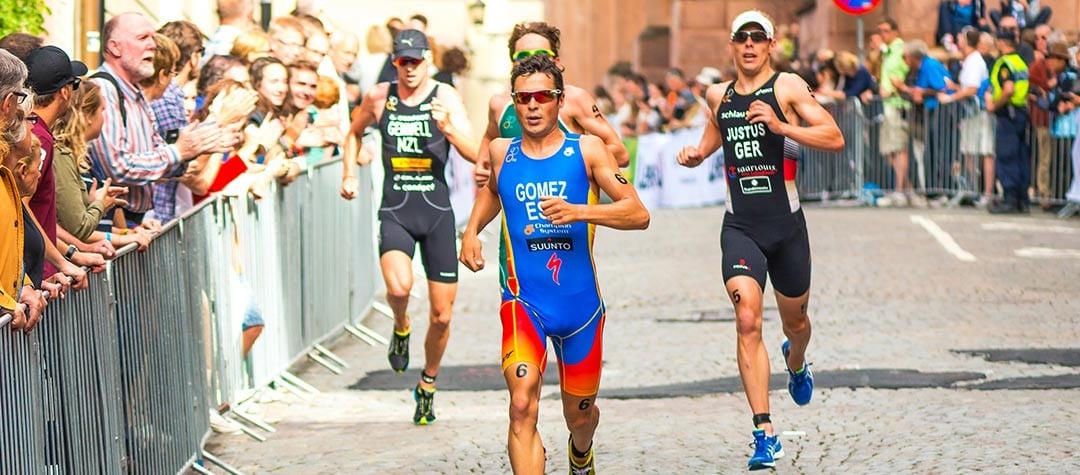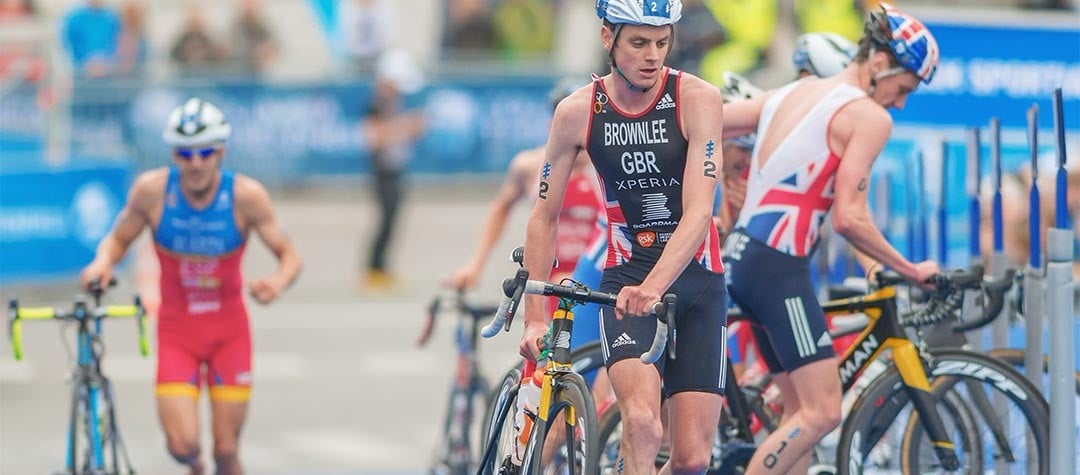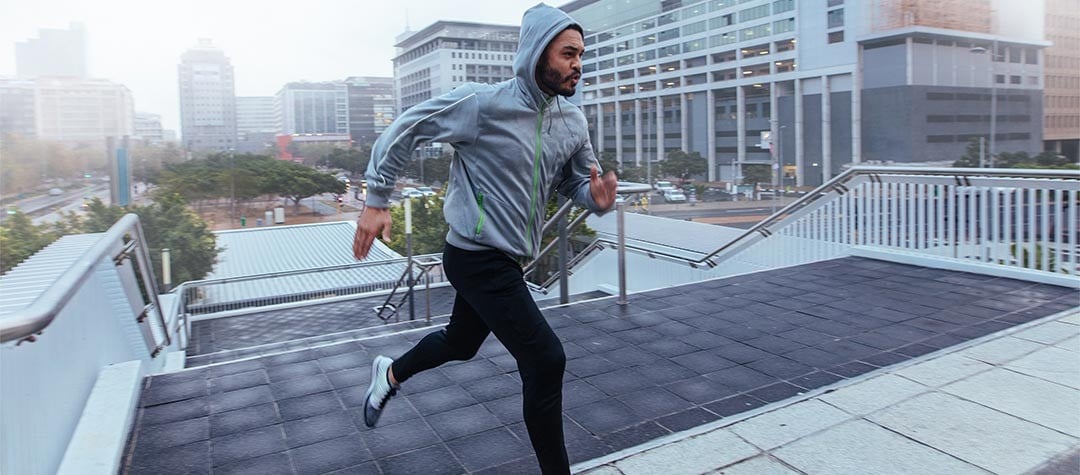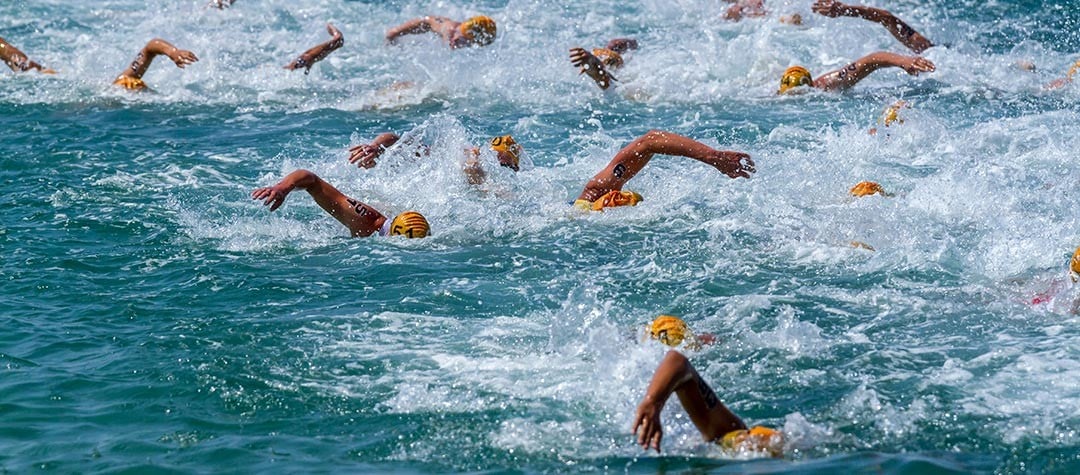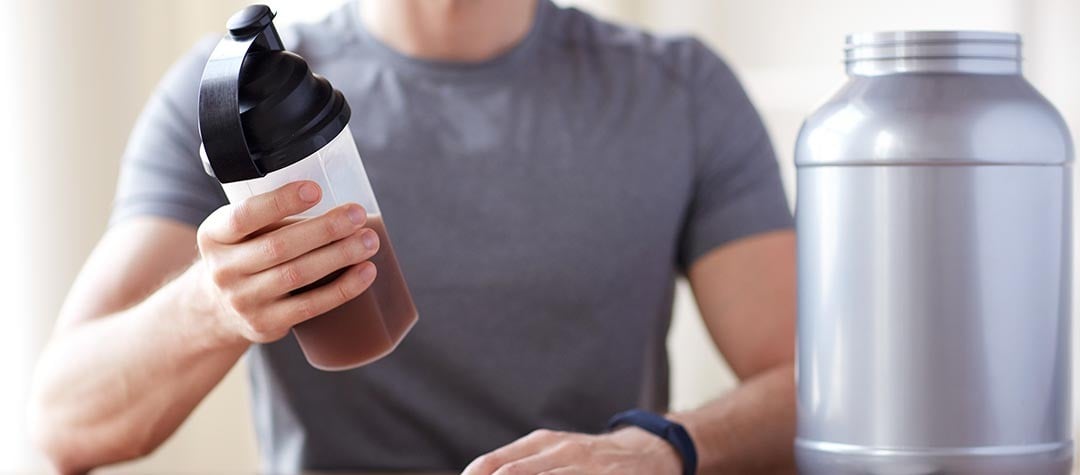Looking at making the step up from short course triathlon to Ironman? Will Clarke look at what it takes to make the leap to being an Ironman.
Triathlon is discomfort, half Ironman is prolonged discomfort and Ironman is suffering. When you set out training for Ironman it’s best to view it as a different sport because that’s not too far from the truth.
was a successful ITU athlete before moving across to Ironman and I had to throw out a lot of the ideas that I had before about how to put together a successful Ironman race. For example I had to put on some weight on my legs to increase power, I had to let go of the 2:40 - 2:50 kilometre reps, and I had to change my mentality in training and become more disciplined. The list goes on.
Skills transfer
One thing for sure is the skills transfer very well obviously from short course triathlon to Ironman and that’s why it’s best to build yourself up from short distance racing so you can develop the technique and economy in each of the three sports while testing yourself under pressure. Speaking to young athletes, I’d always advise focusing the first half of your career on short course racing and becoming as fast as possible before moving across.
If you are taking a bunch of speed into your Ironman training that’s great because you’ll be a more economically efficient athlete and capacity won’t be your problem and you’ll find it easier to hold the Ironman paces, but then you have to work on your strength and conditioning so as not to fall apart over the next 8hrs+.
Longer build up
Typically from what I have come to understand Ironman training consists of a longer build up over a few months, with few interruptions race wise. Often sessions are bigger than what you’d expect for short course (but not all!) and they are completed under control with more recovery built in because inevitably they are energy sapping.
The accumulation of the weeks should be what hurts you not the single day track sessions where you finish on your knees at VO2 max. It’s not like you all of a sudden need to do a heaps more hours than you were before, but you do however have to put in some very long sessions close to the race distances but that’s not every week!
Don’t overdo the speed sessions
Speed should certainly be built into an Ironman programme but not too much and not at maximum effort. As you get into the 6 weeks before the race the majority of the key sessions training is focused around improving your Fat Threshold/1st Threshold, so you should be completing a lot of training between Tempo and Threshold.
You should also expect less fluffy training. Everything in your programme should have a reason so you’ll see less of the recovery spins on the bike and 30 minute morning jogs.
Pacing is key
This is the frustrating bit, your body can be 100 per cent ready to race an Ironman with everything in place but there is so much else to learn. Pacing is obviously crucial, you need to know what pace you can handle for the whole day and what equipment can you rely on? It’s a 112 mile (180km) time trial, so are you riding a position that is comfortable for that duration? If you want to go round the course fast, is this position and the rest of your equipment on your bike aerodynamic enough?
Nutrition becomes more important
Compared to short course Triathlon, nutrition is now a big factor in your racing and almost as important as your physical condition. This is a long, long day out and if you don’t have your nutrition plan nailed then you won’t have the day you’re hoping for.
You need to know how many carbohydrate per hour you can handle, and in what form you are going to take it? Solids, liquids or gels? Then how do you carry all this on your bike? How will all this sweet stuff sit in your stomach after eating it all day? How much water do you need on top of your sports drinks? Are you going to take salt and if so how much? What food will you take a the aid stations on the run and why?
A lot of work goes into a successful Ironman campaign but the sense of achievement once you’ve nailed it is fantastic. I hope that helps someone who’s training for one either this year or next.
Picture credit: Pavel Burchenko / Shutterstock.com










